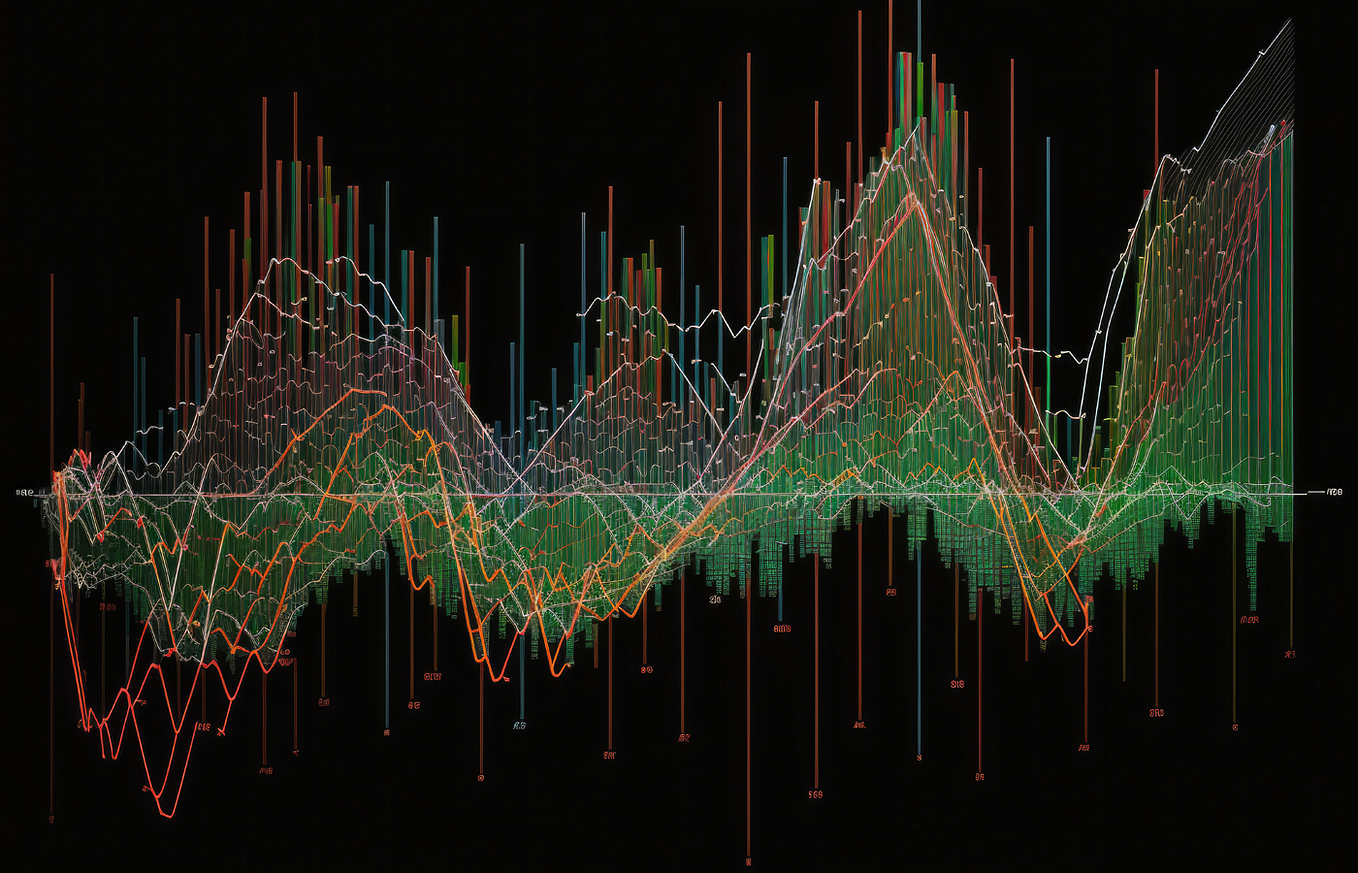What if the biggest obstacle in AI development isn’t technology, but data itself? Synthetic data is emerging as the game-changer, addressing critical gaps in diversity and quality. Discover its transformative impact and how it’s reshaping the future of AI solutions.
Artificial Intelligence (AI) has become a cornerstone of innovation, enabling advancements across industries in automation, predictive analytics, and decision-making. Yet, behind the success of AI solutions lies a significant challenge: access to high-quality, extensive datasets. However, obtaining such data presents several hurdles:
1. High costs: collecting and labelling large datasets demands substantial resources. Infrastructure setup, manual annotation, and extended timeframes contribute to the expense.
2. Data confidentiality concerns: regulations on data confidentiality impose strict guidelines on data usage, making compliance a significant barrier.
3. Scarcity of data: in scenarios involving rare events or emerging technologies, acquiring sufficient real-world data is nearly impossible.
These issues impede the scalability and reliability of AI initiatives, driving the need for innovative solutions to fill the data gap. Enter the era of synthetic data.
Synthetic data refers to data that is artificially generated to mimic real-world data. It replicates the characteristics and patterns of actual datasets without being tied to real individuals or events. This makes it a powerful alternative for training AI models, with distinct advantages:
This capability empowers organizations to develop AI solutions without the traditional constraints of data availability, cost, or compliance.
Synthetic data generation is a game-changer for training AI models, and digital twins play a pivotal role in this process. These virtual replicas of physical systems can simulate a wide range of conditions, enabling the creation of synthetic datasets that are tailored to the specific requirements of AI applications. By modeling real-world systems, running detailed simulations, and validating outcomes, digital twins ensure that synthetic data is both accurate and highly reliable.
This synthetic data, when combined with real-world data, significantly enhances the diversity and robustness of training datasets. This hybrid approach allows AI models to perform better across a wide range of scenarios, making them more adaptable and accurate. Beyond training, synthetic data is also invaluable for testing and validating AI models in controlled environments. It enables developers to evaluate how models behave under rare or extreme conditions, improving their overall reliability and performance before deployment.
Ready to take your AI solutions to the next level with synthetic data? Plan a free consultation with our experts today for personalized advice and insights.

Plan a consult with Christian
+31 40 267 71 00
[email protected]
